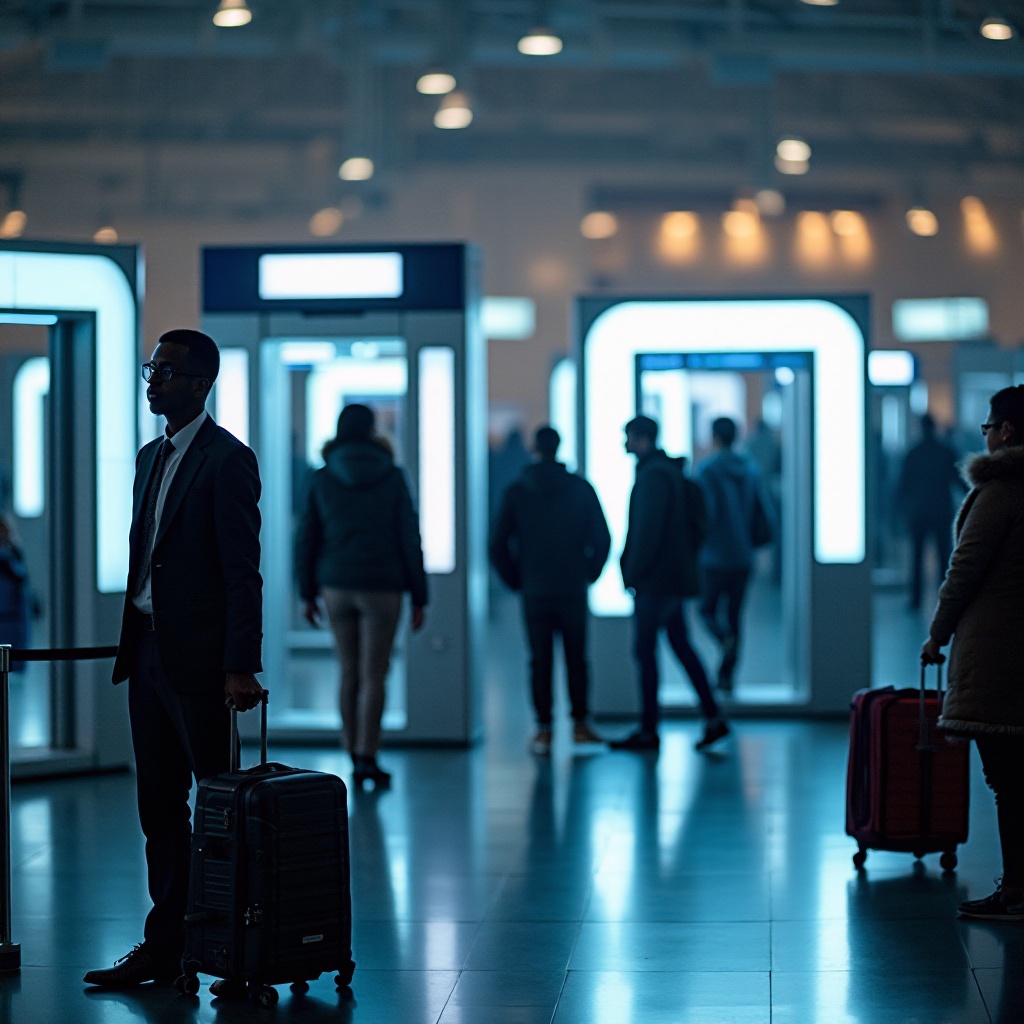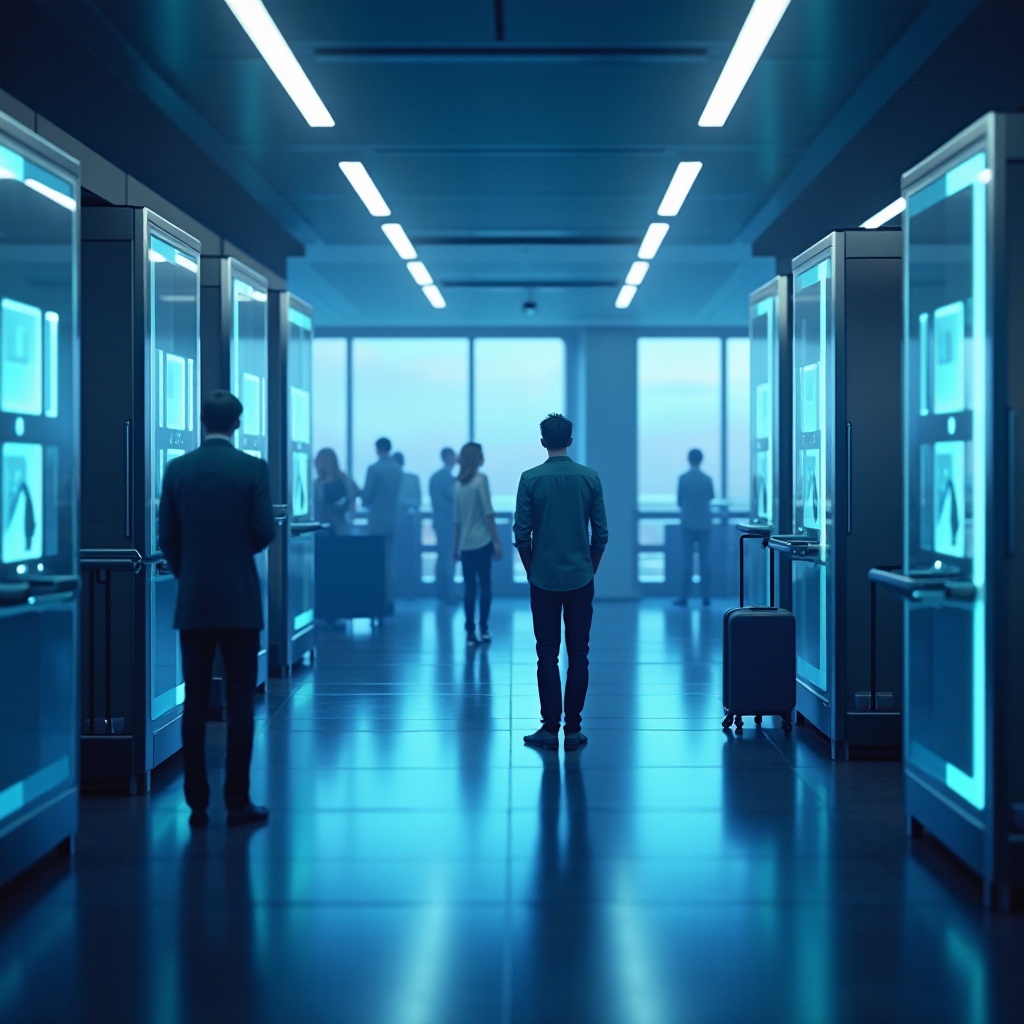Introduction
Airport x-ray scanners play a crucial role in maintaining aviation security. These technological marvels ensure the safety of passengers by detecting prohibited items hidden in luggage or on individuals. Understanding the inner workings of these scanners not only demystifies the process but also highlights their importance in modern travel.

Understanding X-Ray Technology
X-ray technology is foundational to airport security. It enables security personnel to see through objects and detect concealed items.
Basic Principle of X-Ray Imaging
X-ray imaging operates on a simple principle: x-rays, a form of electromagnetic radiation, penetrate materials, creating images based on their varying densities. Denser objects, like metals, block more x-rays and appear lighter on the image, while less dense materials show up darker.
How X-Rays Penetrate Materials
When x-rays pass through an object, their intensity decreases depending on the material’s density and thickness. This differential absorption creates a contrast that allows for detailed images. Airport x-ray scanners leverage this property to differentiate items inside luggage or on a person.
Evolution of X-Ray Technology in Airports
Since the 1970s, x-ray technology in airports has evolved significantly. Initially, basic conveyor belt scanners were used, providing simple images that required manual interpretation. Today, advanced technologies, including computed tomography (CT) scanners and automated threat recognition, enhance accuracy and efficiency.
Types of Airport X-Ray Scanners
Different types of x-ray scanners are used at airports to ensure comprehensive security checks.
Conveyor Belt X-Ray Scanners
These are the most common scanners, used primarily for baggage screening. Passengers place their luggage on a conveyor belt that moves through the scanner. The x-ray source emits rays that penetrate the luggage, capturing images of the contents.
Body X-Ray Scanners
Body scanners help detect items that passengers may carry on their person. These scanners use low-dose x-rays to create detailed images, revealing objects hidden under clothing without compromising privacy or health.
Advanced X-Ray Scanner Technologies
Recent advancements include multi-view x-ray systems and CT scanners, providing three-dimensional images. These technologies offer superior image quality and automated threat detection, enhancing security and reducing the need for manual inspections.

Technical Components and Operation
Understanding the technical components of airport x-ray scanners provides insight into their operation.
X-Ray Source and Detector
The x-ray source generates x-rays that travel through the object being scanned. On the opposite side, a detector captures the x-rays that pass through, converting them into electrical signals to create an image.
Image Processing Software
Advanced image processing software analyzes the captured images in real-time. It highlights potential threats, differentiating between objects based on their density, shape, and size, aiding security personnel in quick decision-making.
Conveyor System and Baggage Handling
The conveyor system ensures smooth and continuous movement of luggage through the scanner. It is designed to handle various baggage sizes and weights, maintaining a steady flow to prevent bottlenecks in the screening area.
Safety and Privacy Considerations
While airport x-ray scanners are vital for security, safety and privacy are paramount concerns.
Radiation Safety Protocols
Airport x-ray scanners use low levels of radiation, well within international safety standards. Regular maintenance and calibration ensure that radiation exposure remains minimal, protecting passengers and staff.
Privacy Protection Measures
To protect privacy, modern body scanners use generic outlines rather than detailed body images. This technology ensures that no personal details are revealed, maintaining dignity and respect for all passengers.
International Safety Standards
Adherence to international safety standards, such as those set by the International Atomic Energy Agency (IAEA) and the European Aviation Safety Agency (EASA), ensures the operation of x-ray scanners is both safe and effective globally.
Future Trends and Innovations
The future of airport x-ray scanners is shaped by technological advancements aimed at enhancing security and efficiency.
AI and Machine Learning in X-Ray Scanning
Artificial intelligence (AI) and machine learning are revolutionizing x-ray scanning. These technologies enable automated detection of prohibited items, reducing false alarms and improving throughput.
Emerging Technologies
Developments such as backscatter x-ray and millimeter-wave scanners are emerging, offering more detailed and accurate imaging. These technologies are expected to further enhance security measures without compromising passenger convenience.
Enhancing Security and Efficiency
Future innovations focus on integrating x-ray scanners with other security systems, creating a seamless and efficient security process. Enhancements in image resolution, speed, and automated threat detection will continue to evolve.

Conclusion
Airport x-ray scanners are critical for maintaining aviation security. Understanding how they work, from basic x-ray principles to advanced technologies, underscores their importance. As technology evolves, these scanners will continue to enhance safety and efficiency in air travel.
Frequently Asked Questions
How safe are airport x-ray scanners?
Airport x-ray scanners are safe; they use low levels of radiation adhering to international safety standards, ensuring minimal exposure to passengers and staff.
Can airport x-ray scanners see inside my body?
Body scanners create images of objects concealed under clothing but do not show detailed body images, ensuring privacy and security.
What are the latest advancements in x-ray scanning technology?
Recent advancements include AI-driven automated threat detection, CT scanners providing 3D images, and emerging technologies like millimeter-wave scanners, enhancing security and efficiency.